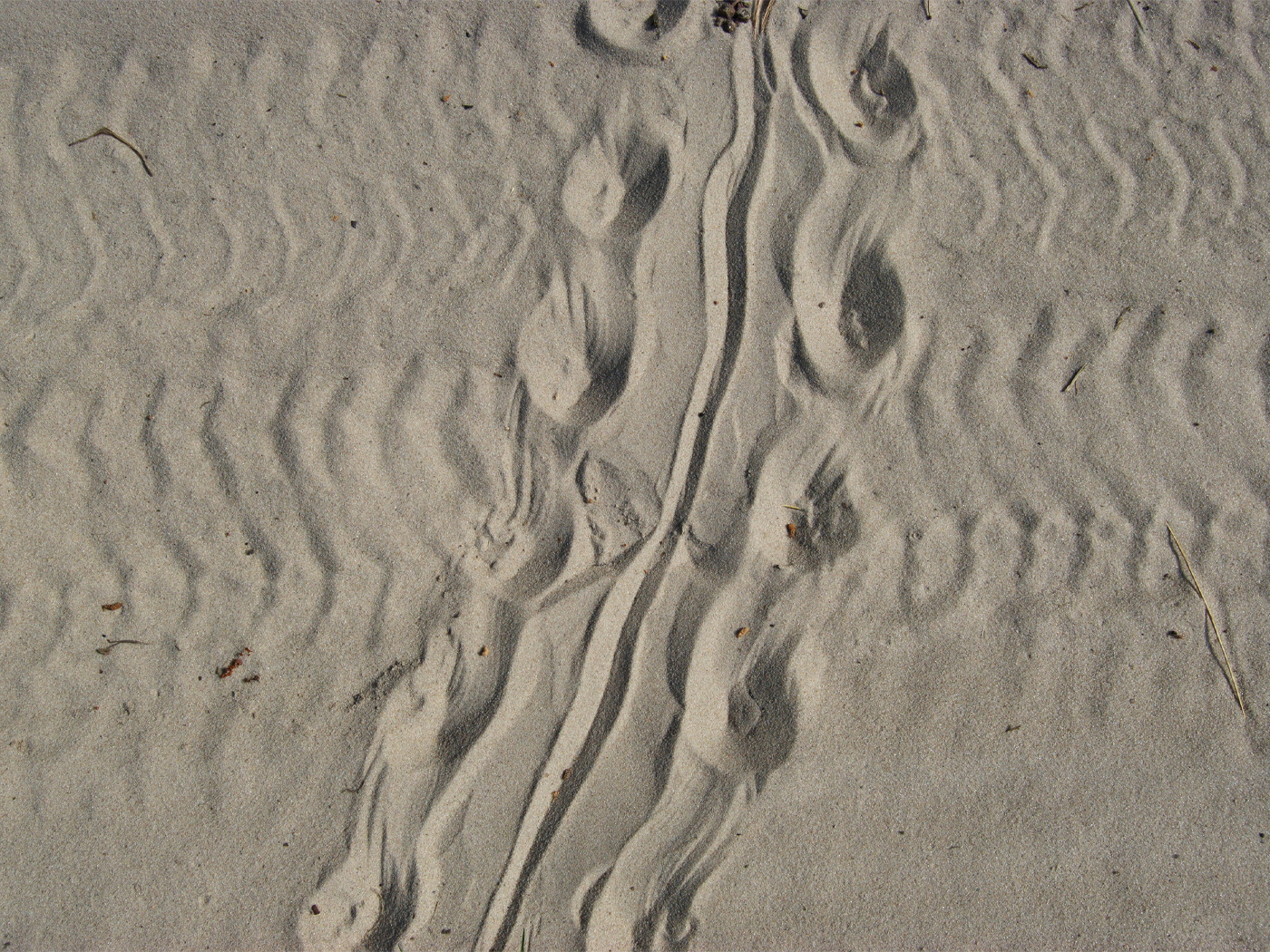Cambrian rock layers contain fossils that represent almost every modern phylum of animal, plus many that are now extinct. One animal fossil in particular would win the weird prize, if there were one. Paleontologists have been piecing together this strange creature’s body parts, which look as though they were taken from an array of totally different sea animals. This variety of features eludes an evolutionary explanation.
The parts of this particular fossilized animal had previously been described separately and given different names, as though they belonged to different creatures. But a recent study revealed that all these parts came from just one “totally strange” sea creature.1 Named Hurdia, this animal had features that resembled those “scattered through at least eight Cambrian taxa,” according to the report published in the journal Science.2 And some of those taxa, or kinds, were even from totally different phyla, the broadest classification level for animals. Its initial discoverer thought that “the mouth parts were a jellyfish, the front legs were shrimp, the main body a sea cucumber, and a tear-drop shaped shell, another animal.”1
And yet, this odd creature’s various physical features appeared in the fossil record fully integrated into one extraordinary design. Because of its strange conglomeration of parts, it would be very difficult to interpret what Hurdia evolved from and what it evolved into, since jellyfish, shrimp, and sea cucumbers are very different creatures. But it makes sense as a created animal with mosaic features, which are shared among otherwise disparate organisms. None of its features are transitional, but are instead found fully-formed in other creatures today that have no relationship to one another in any evolutionary scenario.
A better known example of a mosaic creature—one that is in no way a transition but instead represents an evolutionary enigma—is the duck-billed platypus. As its name implies, this mammal has a bill like a duck, but also has spurs on its hind legs like a rooster. Duck-billed platypuses lay leathery eggs like reptiles, and yet they have fur. And platypus fossils from South America and elsewhere reveal that they always have been platypuses, with no evolutionary ancestors.
Hurdia was appropriately assigned its own unique phylum name. However, mosaic creatures like this can be fitted into many different phylogenetic trees, or diagrams showing evolutionary relationships, based on the resemblance their body parts may have to other creatures. If their evolutionary history is unclear and promises to remain as ambiguous and contentious as that of other oddball animals, one wonders if they evolved at all.
Although mosaic creatures are impossible to fit into a universally agreed-upon evolutionary phylogeny, they fit just fine with the idea that God created animals to reproduce after their own kinds.3 Their various unusual body parts—each of which adequately fulfills its task yet all of which are integrated into a whole, functioning organism—would indicate that they were made by a Creator who pays attention to details, as well as One with a radical imagination.
References
- Gorski, C. Spectacular Fossil Discovery: 100 Years Later. Inside Science News Service. Posted on LiveScience.com, August 20, 2009, accessed August 29, 2009.
- Daley, A.C. et al., 2009. The Burgess Shale Anomalocaridid Hurdia and its Significance for Early Euarthropod Evolution. Science. 323: 1597.
- Thomas, B. Why Can Moss Process Human Genes? ICR News. Posted on icr.org June 16, 2009, accessed August 24, 2009.
Image Credit: Science/AAAS
* Mr. Thomas is Science Writer at the Institute for Creation Research.
Article posted on September 9, 2009.










